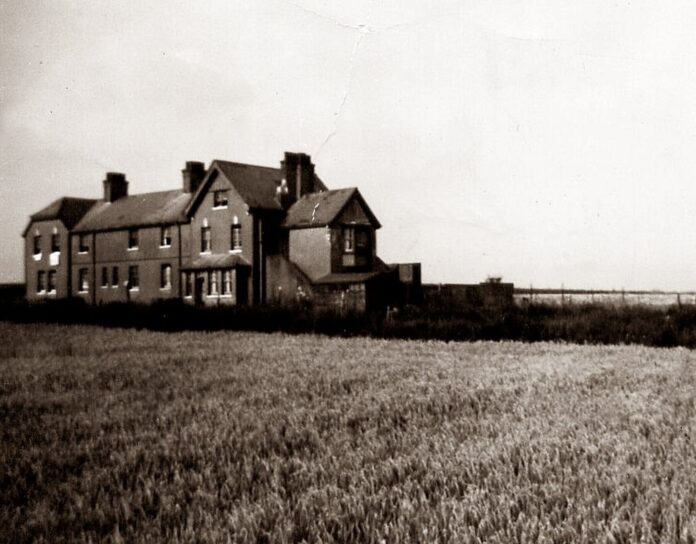
What a crazy housing market! Skyrocketing prices, no haggling on the asking price, and bidding wars that create offers way above the asking price. It’s almost become a national pastime waiting for the monthly Zillow estimate to arrive to see what your home is worth now. Yes, if you’re a homeowner, it’s hard to wipe the smile off your face. But there’s a flipside to explosive home prices that won’t make you smile. All across America, people are receiving higher property taxes bills and higher insurance premiums.
You might not see higher property taxes right away because reassessment cycles can vary from once a year to every 5 years. But for some areas reassessed in 2022, the numbers are substantial. For example, in Nashville, Tennessee, property taxes went up 32%-37%. In Dallas County, Texas, which contains both Dallas and Fort Worth, property tax rates are up 24%-30%.
Dallas County, Texas is one of the few spots in the country having compassion for its homeowners. Dallas County Judge Clay Jenkins indicated the county will lower the tax rate by the same percentage that home prices have increased during the past year. In an interview with Inside Texas Politics, Judge Jenkins said the county was lowering property tax rates, “so the average person will pay the same amount to us as they did last year.”
Property taxes are used to fund public services and programs, such as schools, fire, police, infrastructure, public works, and government employee payrolls. Municipalities are experiencing higher costs of doing business because of the worst inflation in 40 years, so raising property taxes on higher home values seems to be the choice du jour to get more money. In fact, at the end of 2021, Chicago, Pittsburgh, and Chapel Hill, North Carolina, all warned their homeowners that property taxes would be higher in 2022 because those governments were struggling with their budgets.
And then, there are homeowner insurance premiums. Part of the premium is based on how much it costs to rebuild a house if there’s a total loss from fire or some other covered catastrophic event. Reconstruction costs ebb and flow depending on economic factors and market prices of both materials and labor. As those costs go up, insurance carriers adjust your coverage amount to reflect those changes.
In this current environment, construction costs have gone up faster than overall inflation due to a shortage of building materials and labor.
- Building materials. Shortages sent the cost of lumber, drywall, shingles and copper wiring up an average of 26 percent from June 2020 to May 2021, the largest single-year rise in the history of the National Association of Home Builders’ annual survey.
- Eighty-nine percent of contractors reported having trouble finding subcontractors and skilled workers, and 88 percent experienced costly delays as a result, according to a 2021 survey by the Association of General Contractors (AGC).
- Supply chain. Bottlenecks in the production and delivery of appliances, materials, tools, and other key construction elements added to delays and to cost hikes, according to the AGC.
According to MarketScout, an insurance distribution and underwriting company in Dallas, Texas, homes valued under $1 million saw an average insurance rate increase of 5.3% in the first quarter of 2022, while houses valued at more than $1 million averaged a 7% increase. MarketScout CEO Richard Kerr said, “We expect homeowners’ rates across the U.S. to continue to increase.”
Having the value of your house increase substantially is a good thing, but there are unintended consequences. So, get ready! Higher property taxes and higher insurance premiums may be coming to a home near you.


